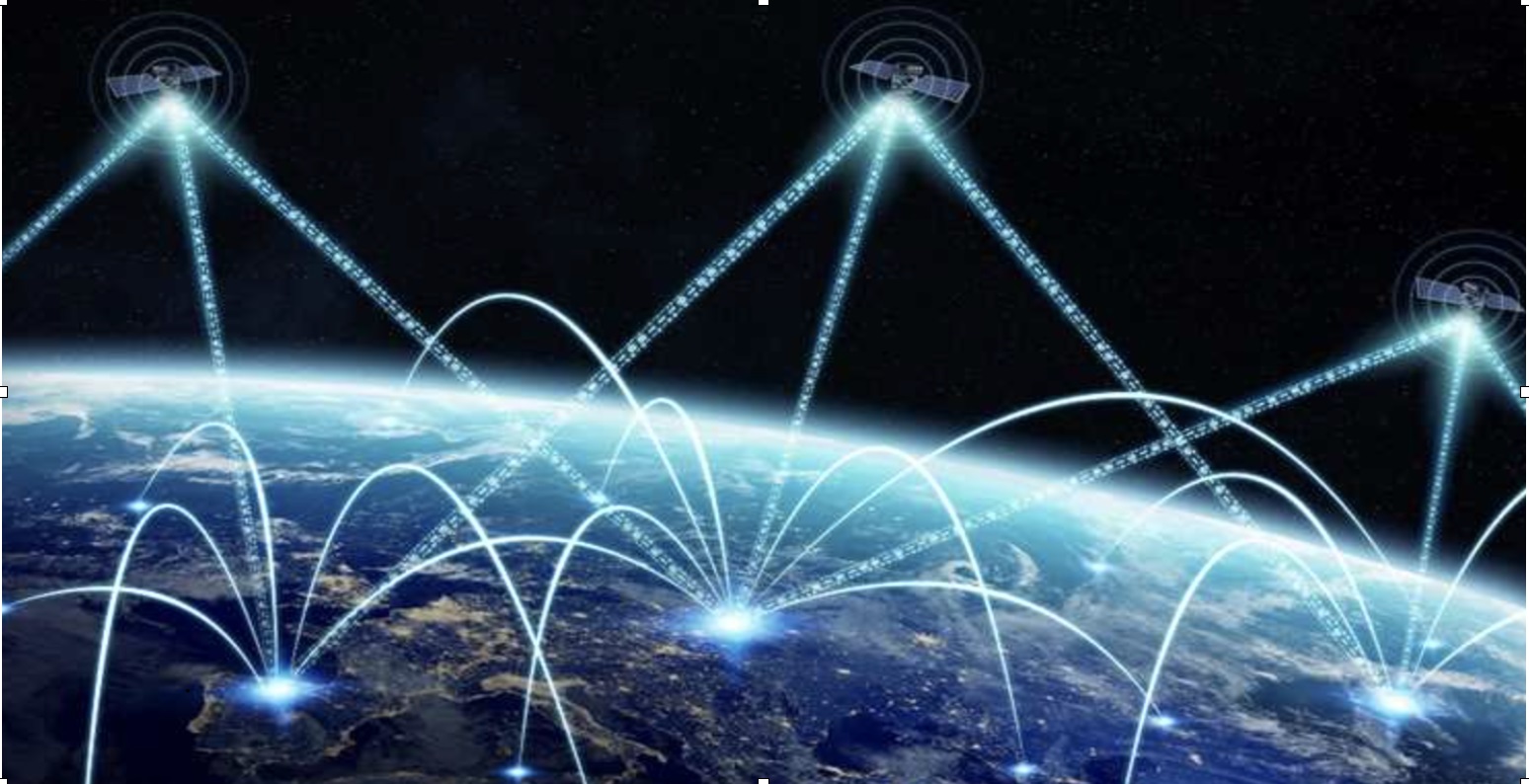Sensor-to-satellite connection technology is providing connectivity for utilities industries without access to terrestrial networks
The Industrial Internet-of-Things (IIoT) is providing more access than ever before to parametric data about processes, machine condition and other measurements within manufacturing, distribution, healthcare and utilities.
Making the best and most timely use of this data requires highly reliable and low latency connectivity – through IP networks, WiFi, mobile networks etc. 5G networking as most recently added a new dimension to connectivity capabilities and provides lower latency and greater capabilities to potentially connect billions of devices.
There nonetheless remains a gap in some locations where getting sensor data through a network remains a challenge, despite the sensor producing just very small amounts of data at low power.
Now, UK company Wyld Networks has made its new range of low-power, sensor-to-satellite terminals and modules available that make it possible to provide uninterrupted connectivity across distribution networks for oil, gas and electricity, even in remote locations where there is no alterative network coverage.
The Wyld Connect devices transfer data directly to terrestrial networks or through Low Earth Orbiting (LEO) satellites as a result of a partnership with Eutelsat. With 100 percent, low-cost, global coverage, Wyld Connect supports the growing network of IIoT sensors and applications to enhance infrastructure efficiency and reduce utility waste. The full sensor-to-satellite service will be available in the second half of 2022.
Direct Sensor Connectivity
The Wyld Connect terminal can connect directly to existing sensors, while the small modules can be fully integrated into new IoT sensors as an embedded solution. By using the LoRaWAN (low power wide area network technology), smart IoT applications can be deployed globally using terrestrial or satellite connectivity at very low cost. Sensors can be powered by batteries with a lifetime of up to ten years and data is delivered through Wyld’s cloud-based Fusion platform, which also allows IoT sensors to be registered, configured, authenticated and managed remotely.
According to Alastair Williamson, CEO at Cambridge-based Wyld Networks, the Industrial Internet of Things is at the heart of the utilities data revolution, enabling smart grids, assets and meters to manage infrastructure more efficiently, profitably and sustainably, but progress is being prevented by the lack of ubiquitous global connectivity.
“With an estimated 15% of the earth’s surface covered by existing wireless networks, low earth orbiting satellites combined with sensor-to-satellite technology, provides the low-cost, efficient system needed to accelerate this transformation around the world,” says Williamson.
Wyld is already working with a number of utilities companies including the Dubai Electricity & Water Authority in United Arab Emirates along with RCD Radiokomunikace and Develco Products. In addition to partnering with Eutelsat to provide LoRaWAN coverage via its low earth orbiting satellites, Wyld is also partnering with major terrestrial LoRaWAN network providers including American Tower and Senet.
According to Luc Perard, Senior Vice President, IoT Business at Eutelsat, existing low power wide area networks such as LoRaWAN are ideal for connecting low power utility assets and sensors that don’t need to send much data, but they currently rely on a limited terrestrial infrastructure.
“Wyld’s new sensor-to-satellite LoRaWAN terminals and modules now make it possible to harness our network of LEO satellites to deliver low-cost, hybrid terrestrial and satellite connectivity over 100% of the earth’s surface, which is a major enhancement for monitoring utility distribution infrastructure,” he says.
- UK manufacturing steps up to COVID-19 crisis - April 2, 2020
- Clustering Innovation - March 12, 2020
- A Global Monitor - March 6, 2020

